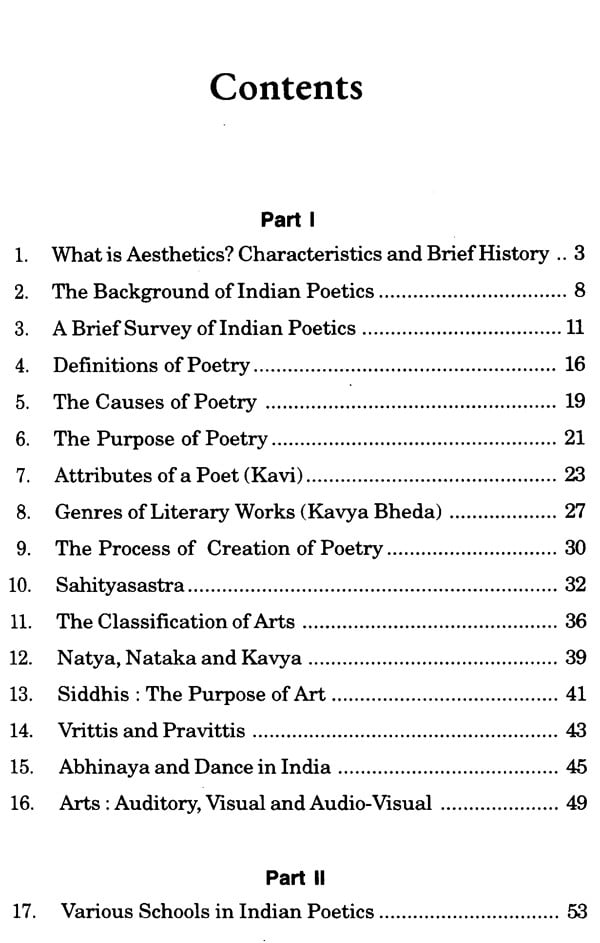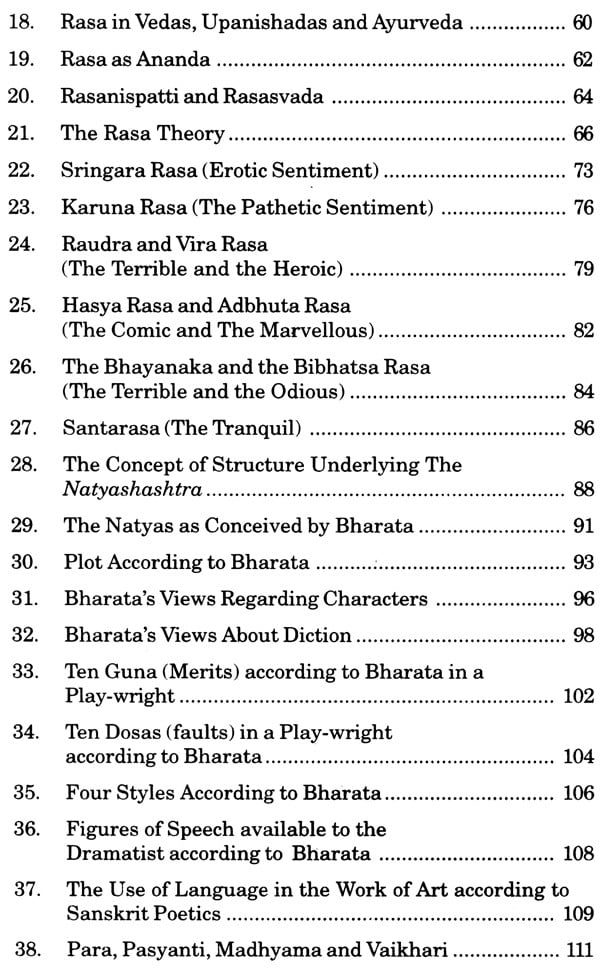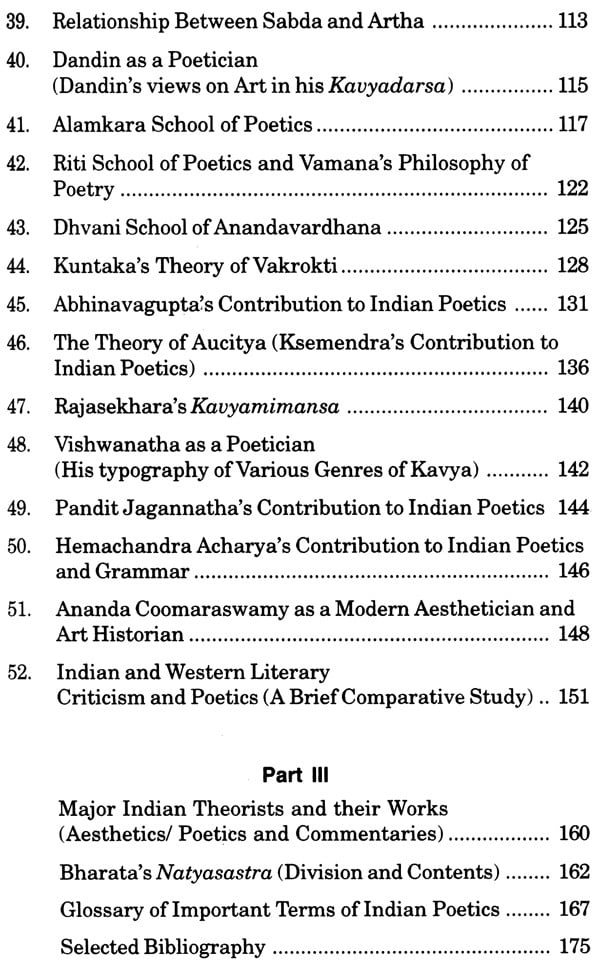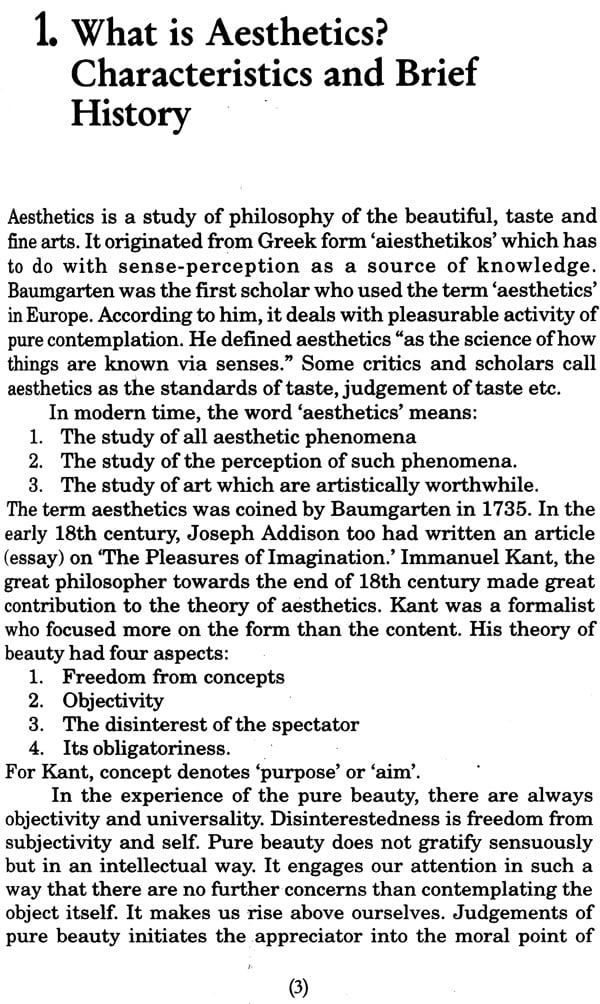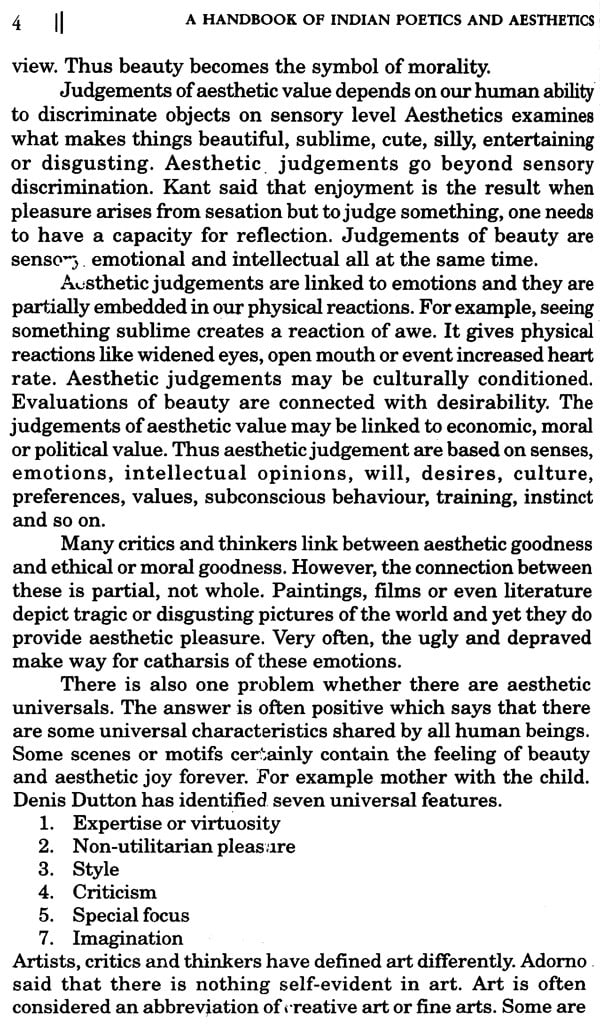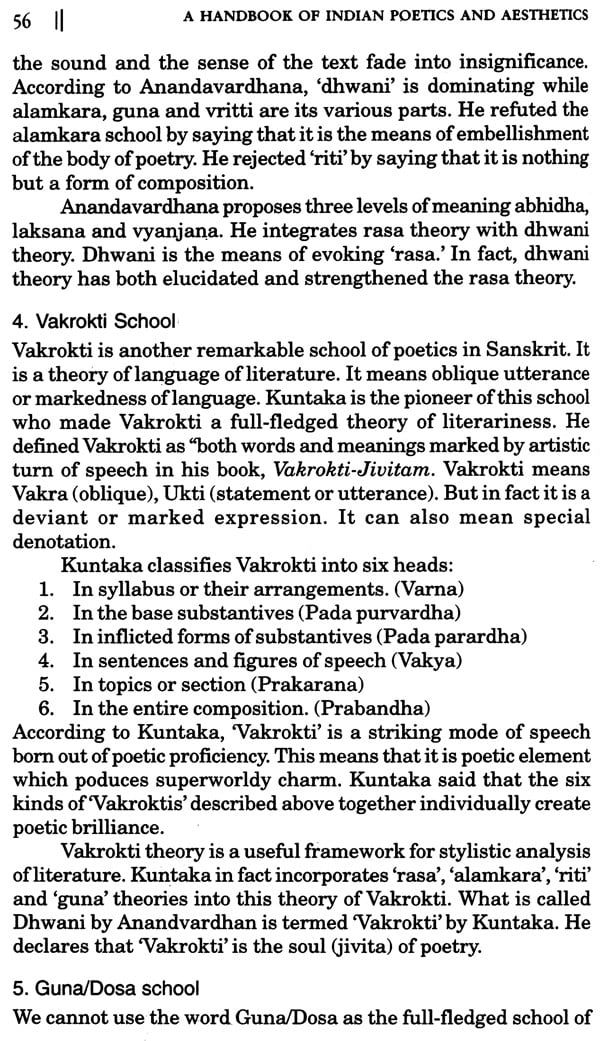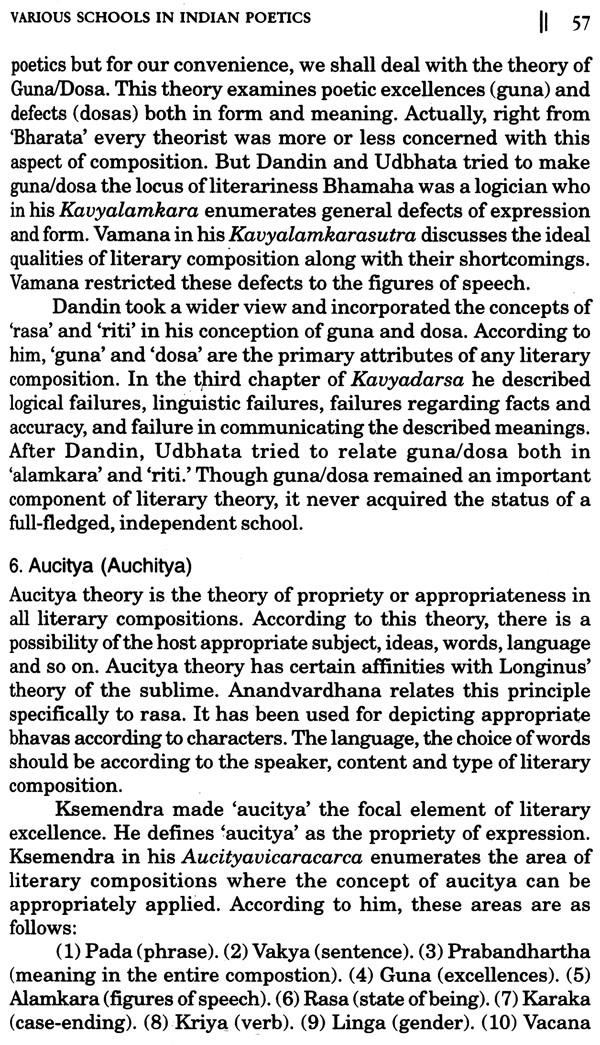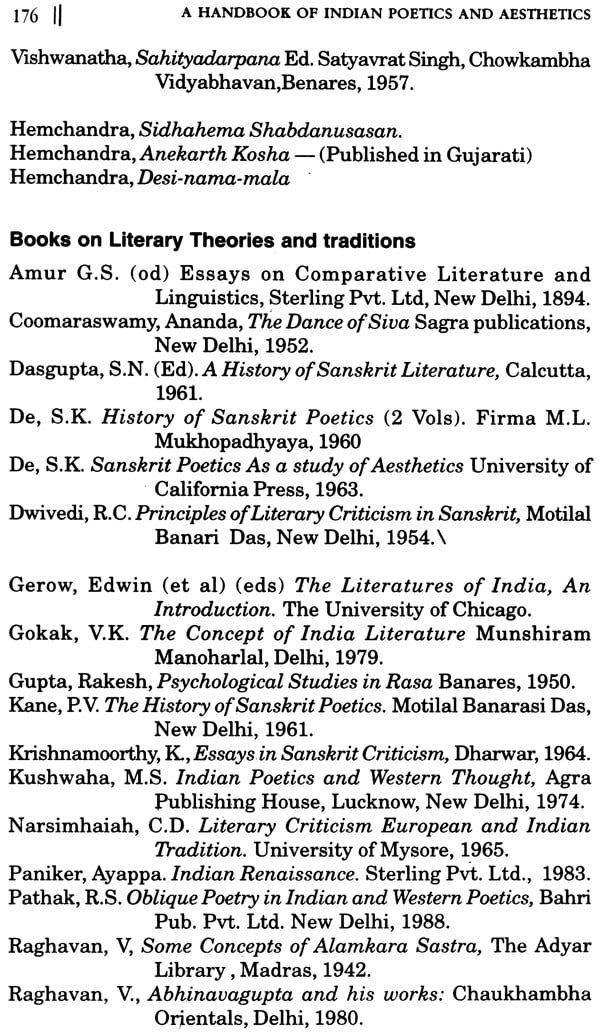
A Handbook Of The Indian Poetics And Aesthetics- Theories of Rasa, Dhvani, Alamkaras, Riti, Vakrokti and Aucitya etc.
Book Specification
| Item Code: | AZB551 |
| Author: | Ami Upadhyay |
| Publisher: | Prakash Book Depot, Bareilly |
| Language: | English |
| Edition: | 2021 |
| ISBN: | 9788179776018 |
| Pages: | 186 |
| Cover: | PAPERBACK |
| Other Details | 8.05 X 5.50 inches |
| Weight | 210 gm |
Book Description
It has a wonderful heritage of mythology that endorses and accepts plurality and multiplicity. Its philosophy of life is cyclical, not linear.
The same is true of Indian poetics and aesthetics. Sensory realm is often described as maya (an illusion) but earthly delights are also cherished and relished even by gods and goddesses. Lord Krishna symbolizes erotic and worldly pleasures. The Indian aesthetics believes that the ultimate aim of life is to experience union with the Divine. The concept of aesthetic flavor 'Rasa' is at the centre of Indian aesthetics. Indian drama, music, poetry, dance, sculpture and all other arts revolve round the theory of Rasa. Bharata's 'Natyasastra' is a milestone in Indian poetics.
Other theories of poetics and aesthetics also evolved from Bharata's theory of Rasa. In Indian poetics, word has been bestowed the title of Sabdabrahma and rasa is regarded as the soul of poetry or art in general.
I am delighted to place this book on Indian Poetics and Aesthetics in the hands of scholars, teachers, researchers and students.
It is the result of thousands of hours I spent on in-depth study of Indian aesthetics and poetics. As a Kathak dancer and teacher. I have always been deeply interested in Indian theory of art, music and dance. While I penned this book, I underwent an aesthetic voyage within. I do not claim to be an expert in Indian poetics and aesthetics but my profound study of the subject inspired me to write this compendium of delight.
As a professor of English, I am aware that there is a great demand and need for a handy book on Indian poetics that covers not only Rasa theory but other theories like Riti, Vakrokti, Alamkaras, Aucitya, Guna-Dosa etc. I am sure that the book will be immensely useful to students, researchers and teachers.
At present, 'Indian Poetics' is prescribed for post-graduate studies in the Department of English and Comparative Studies in many universities.
**Contents and Sample Pages**
